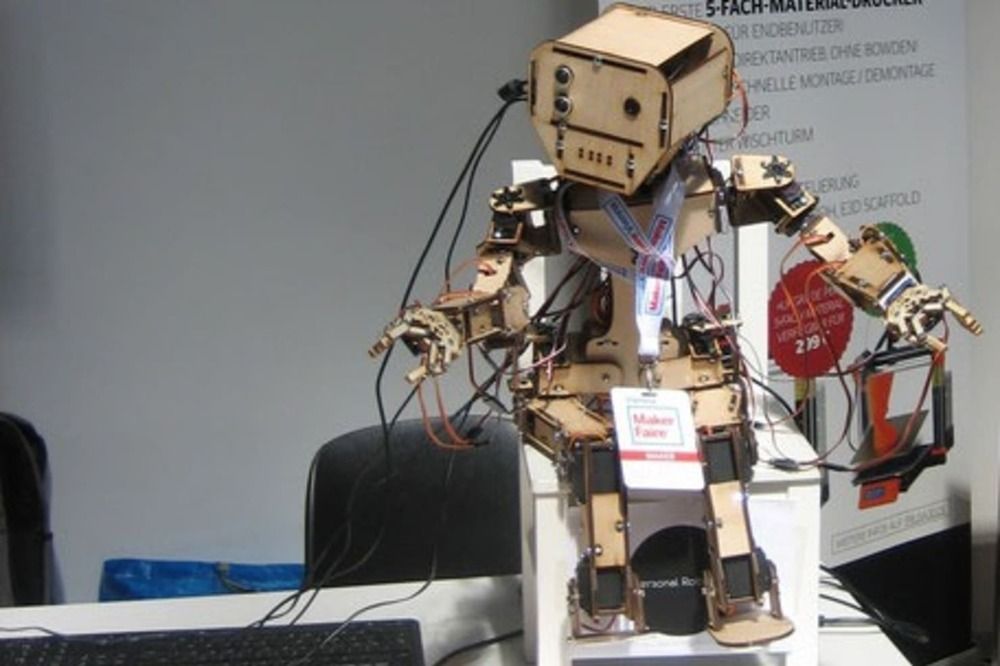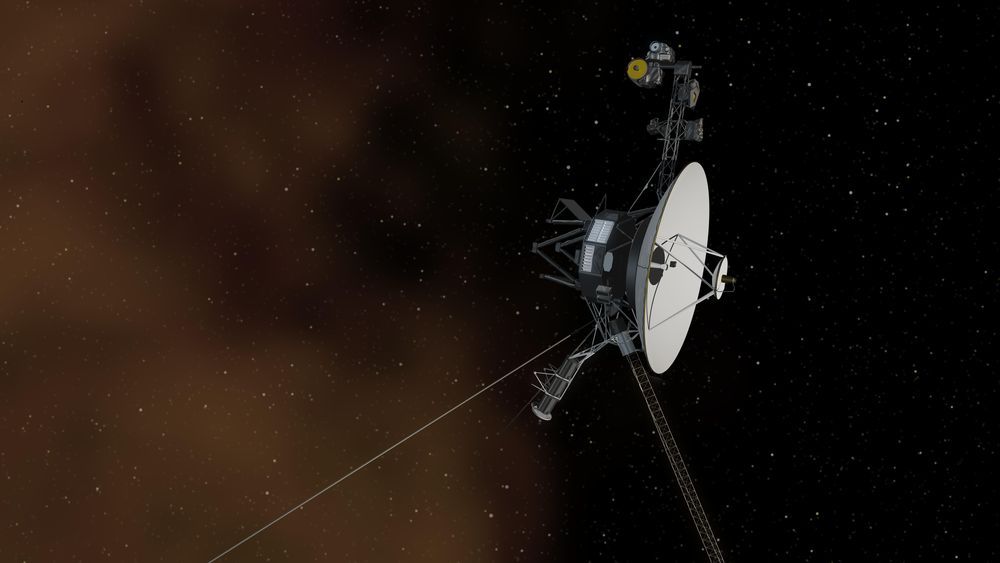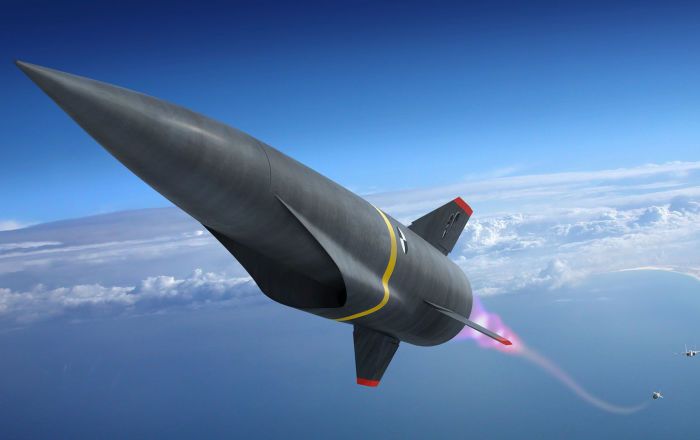Several state attorneys general had argued that combining the No. 3 and No. 4 carriers would limit competition and result in higher prices for consumers.
Sprint and T-Mobile say their merger will help them compete against top players AT&T and Verizon, and advance efforts to build a nationwide 5G network. Andrew Harrer / Bloomberg via Getty Images file.








